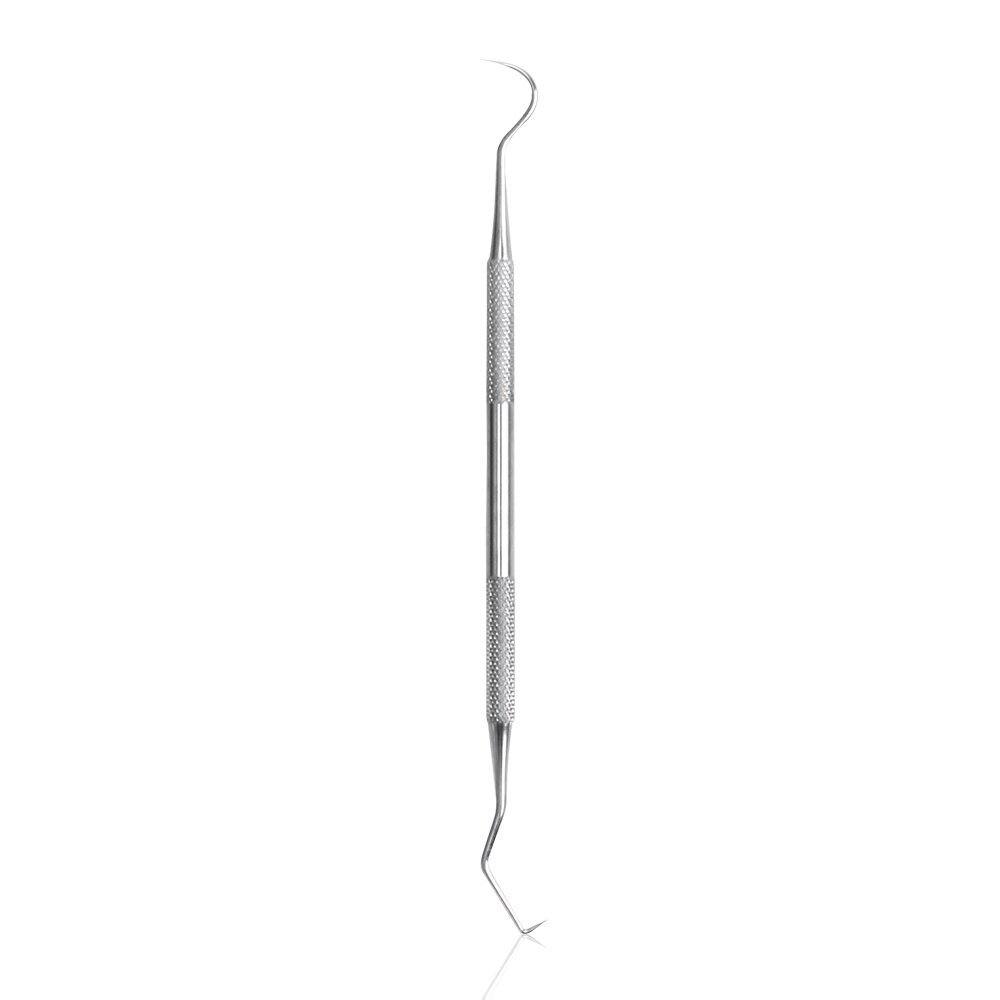Dental Scraper For Tartar

Tartar, also known as dental calculus, is a hard, yellowish deposit that forms on teeth when plaque - a sticky film of bacteria - is not removed regularly. If left unaddressed, tartar can lead to a range of issues, from bad breath and gum inflammation to more severe problems like gum disease and tooth loss. One of the tools used to remove tartar, both at home and in professional dental settings, is a dental scraper. Understanding the role of a dental scraper, its types, how it is used, and its safety considerations can help individuals maintain better oral health and prevent tartar buildup.
What is a Dental Scraper?
A dental scraper, often referred to as a dental pick or tartar scraper, is an instrument used to remove tartar from the teeth, both above and below the gum line. Dental scrapers come in different shapes, sizes, and materials, making them versatile for various applications and user preferences. Professionally, dentists and hygienists use specific types of scrapers designed for efficiency and safety in removing tartar without damaging the teeth or gums.
Types of Dental Scrapers
- Professional Dental Scrapers: These are high-quality, precision instruments designed for use by dental professionals. They come in various shapes and sizes to access different areas of the mouth and are typically made from stainless steel or other durable materials.
- Home Dental Scrapers: Designed for personal use, these scrapers are typically less aggressive than professional models and may be made from a variety of materials, including stainless steel, plastic, or a combination of both. They are intended for removing tartar from the surface of the teeth, above the gum line.
How to Use a Dental Scraper
For professional use, a dental scraper is typically employed during a dental cleaning or scaling procedure. The dentist or hygienist will use the scraper to gently remove tartar, usually with the aid of an ultrasonic device for more stubborn deposits.
For at-home use: 1. Choose the Right Scraper: Opt for a scraper designed for personal use and suitable for your needs. 2. Identify Tartar: Look for visible tartar deposits on your teeth, usually near the gum line. 3. Scrape Gently: Hold the scraper against the tooth with the blade or edge facing the tartar. Gently push the scraper against the deposit, moving it away from the gum. Repeat as necessary until the tartar is removed. 4. Rinse Thoroughly: After scraping, rinse your mouth with water or mouthwash to remove any remaining tartar particles.
Safety Considerations
While dental scrapers can be an effective tool for tartar removal, there are safety considerations to keep in mind: - Gum Damage: Aggressive scraping can damage the gums, leading to bleeding, inflammation, and potentially more severe issues. - Tooth Enamel: The enamel on teeth can be scratched or worn away if the scraper is used too forcefully or with the wrong technique. - Infection: Improper use or sharing of dental scrapers can lead to the transmission of infections.
Alternatives and Complementary Practices
In addition to dental scrapers, several other methods and tools can help manage tartar and maintain good oral health: - Regular Brushing: Brushing teeth at least twice a day with a fluoride toothpaste can help prevent tartar buildup. - Interdental Cleaning: Using floss or interdental brushes can remove plaque and food particles from between the teeth and below the gum line. - Mouthwashes: Some mouthwashes are designed to help prevent tartar buildup and reduce plaque. - Professional Cleanings: Regular dental check-ups and cleanings are crucial for removing tartar that has formed below the gum line and for preventing more severe dental issues.
Conclusion
A dental scraper can be a valuable tool in the fight against tartar and the prevention of more serious dental problems. However, it is essential to use these tools correctly, whether at home or in a professional setting, to avoid potential risks and ensure the best oral health outcomes. By combining the use of dental scrapers with good oral hygiene practices and regular dental care, individuals can significantly reduce the risk of tartar-related issues and maintain a healthy, attractive smile.
What are the benefits of using a dental scraper for tartar removal?
+Using a dental scraper can help remove tartar deposits from teeth, reducing the risk of gum disease, bad breath, and other oral health issues. It also helps in preventing the progression of tartar buildup, which can lead to more severe dental problems if left untreated.
How often should I use a dental scraper at home?
+It’s generally recommended to use a dental scraper as needed, based on the visibility of tartar deposits, but always with caution and gentle technique to avoid damaging the gums or tooth enamel. Regular dental check-ups can help determine the frequency and need for at-home tartar removal.
Can I use a dental scraper if I have sensitive teeth or gums?
+Individuals with sensitive teeth or gums should approach the use of a dental scraper with caution. It might be advisable to consult with a dental professional first, as they can provide personalized advice and treatment options. In some cases, professional cleaning and the use of desensitizing products may be recommended instead of or in addition to at-home scraping.

